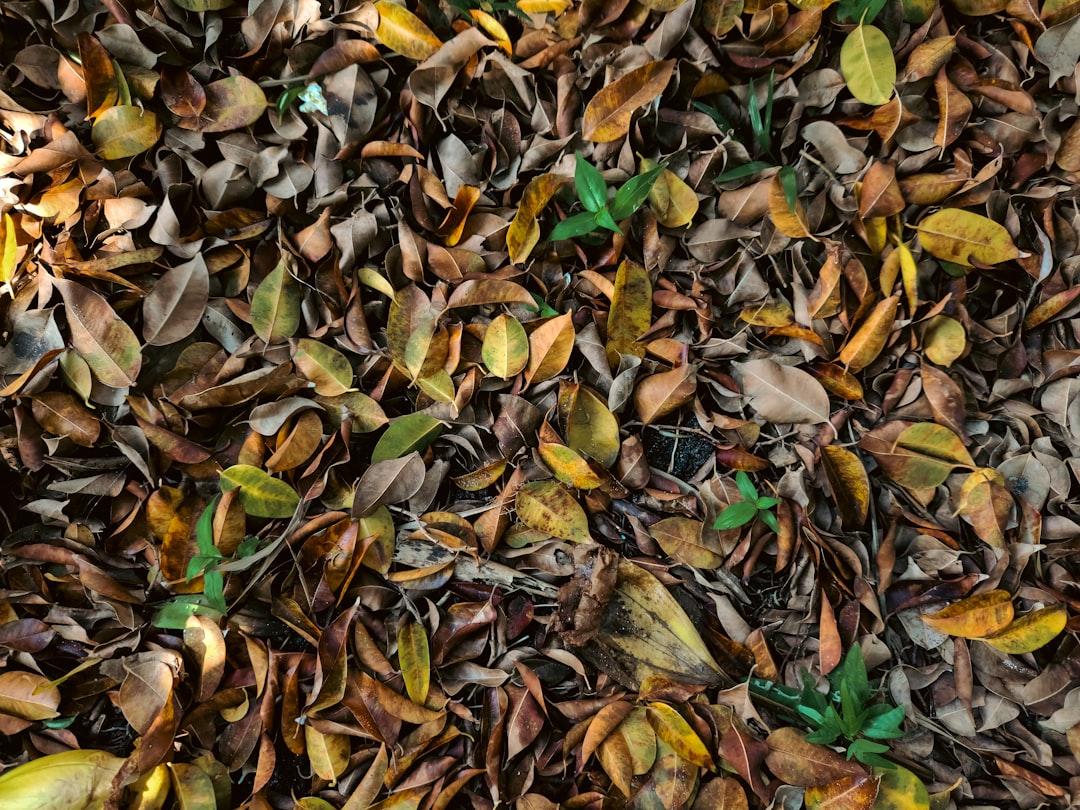Mulching is one of the simplest yet most effective ways to improve your vegetable garden's health and productivity. By covering the soil with organic or inorganic materials, you can create a protective layer that offers multiple benefits—from suppressing weeds and retaining moisture to enriching soil and regulating temperature. Let’s explore why mulching is a must-have practice for any vegetable gardener and how to do it effectively.
What Is Mulching?
Mulching involves spreading a layer of material over the soil around your plants. This material can be organic, such as straw or wood chips, or inorganic, such as plastic sheeting or gravel. Regardless of the type, the purpose remains the same: to protect and enhance your garden soil.
Benefits of Mulching Your Vegetable Garden
1. Weed Control
Weeds compete with your vegetables for nutrients, water, and sunlight. Mulch forms a physical barrier that blocks sunlight from reaching weed seeds, reducing their ability to germinate.
-
Organic Mulch: Materials like straw or shredded leaves break down over time, smothering weeds naturally.
-
Inorganic Mulch: Plastic or landscape fabric provides an impenetrable surface that prevents weed growth.
2. Moisture Retention
Mulch reduces evaporation by shielding the soil from direct sunlight and wind. This is especially valuable during hot summer months or in regions with limited rainfall.
-
Drip Irrigation + Mulch: A combination of these ensures efficient water usage, delivering moisture directly to roots while keeping the soil cool.
-
Savings: With mulch, you’ll water your garden less often, saving time and resources.
3. Soil Health
Organic mulches break down over time, enriching the soil with nutrients and improving its structure.
-
Compost or Manure Mulch: These add organic matter that enhances soil fertility.
-
Earthworms: Mulch encourages earthworms and other beneficial organisms to thrive, improving soil aeration and nutrient cycling.
4. Temperature Regulation
Mulch acts as insulation for your soil, keeping it cooler during summer and warmer during winter. Stable soil temperatures are crucial for vegetable roots, especially for heat-sensitive crops like lettuce or spinach.
5. Erosion Prevention
A layer of mulch protects the soil from being washed away by heavy rains or strong winds, especially in sloped gardens.
Types of Mulch for Vegetable Gardens
Organic Mulches
These break down over time, adding nutrients to the soil:
-
Straw: Ideal for vegetable gardens; it’s lightweight, affordable, and easy to spread.
-
Shredded Leaves: Free and nutrient-rich, great for soil health.
-
Grass Clippings: Excellent for nitrogen-hungry plants but should be applied in thin layers to prevent matting.
-
Compost: A dual-purpose mulch that feeds your plants while suppressing weeds.
-
Wood Chips: Best for pathways or perennial vegetable beds; avoid mixing directly into the soil as they may deplete nitrogen.
Inorganic Mulches
These don’t decompose but are effective for certain situations:
-
Plastic Sheeting: Ideal for warming the soil and preventing weeds but doesn’t allow water penetration.
-
Landscape Fabric: Long-lasting and effective for weed suppression, but less suitable for vegetable beds that need frequent soil amendments.
-
Gravel or Stones: Useful for decorative areas or pathways but not practical for most vegetable gardens.
How to Mulch Your Vegetable Garden
-
Prepare the Soil:
-
Remove existing weeds and loosen the soil before applying mulch.
-
Water the area thoroughly to ensure the soil is moist.
-
-
Apply the Mulch:
-
Spread a 2–4-inch layer of mulch around your plants, keeping it a few inches away from the base of stems to prevent rot and pests.
-
-
Monitor and Replenish:
-
Organic mulch breaks down over time, so you’ll need to add more periodically, especially during the growing season.
-
-
Use the Right Mulch for Each Crop:
-
For heat-loving vegetables like tomatoes and peppers, consider straw or black plastic.
-
For cool-season crops like lettuce and kale, shredded leaves or grass clippings work well.
-
Common Mulching Mistakes to Avoid
-
Applying Too Much Mulch: A layer thicker than 4 inches can suffocate roots and prevent water penetration.
-
Using the Wrong Material: Avoid using dyed wood chips or materials treated with chemicals in vegetable gardens.
-
Mulching Too Close to Stems: Keep mulch at least 2–3 inches away from plant stems to prevent rot and attract pests like slugs.
-
Ignoring Soil Health: Mulch is not a replacement for soil preparation or fertilizer.
Seasonal Mulching Tips
-
Spring: Apply mulch after the soil has warmed up to help young plants thrive.
-
Summer: Maintain a consistent mulch layer to conserve water and protect roots from heat stress.
-
Fall: Add a thick layer of organic mulch to protect soil and plants from freezing temperatures.
-
Winter: Use straw or leaves to insulate perennial vegetables and enrich the soil for spring planting.
Conclusion
Mulching is a powerful tool that can transform your vegetable garden. Whether you’re looking to reduce weeds, conserve water, or boost soil health, adding a layer of mulch is a simple and effective solution. Choose the right mulch for your garden’s needs, apply it correctly, and watch your vegetables thrive!
Do you use mulch in your vegetable garden? Share your favorite mulching tips in the comments below!

Comments
No comments yet. Be the first to comment!
You must be logged in to comment. Login